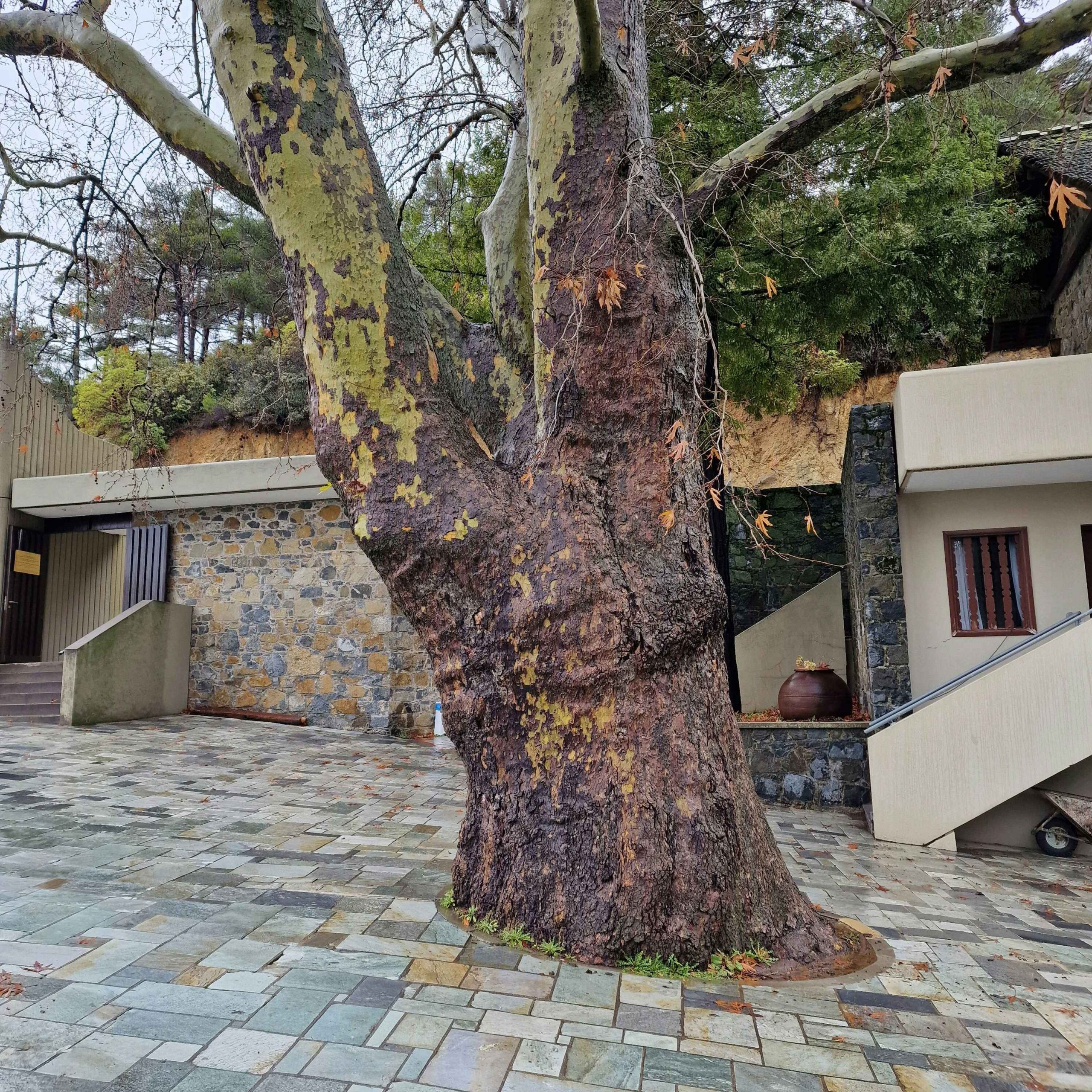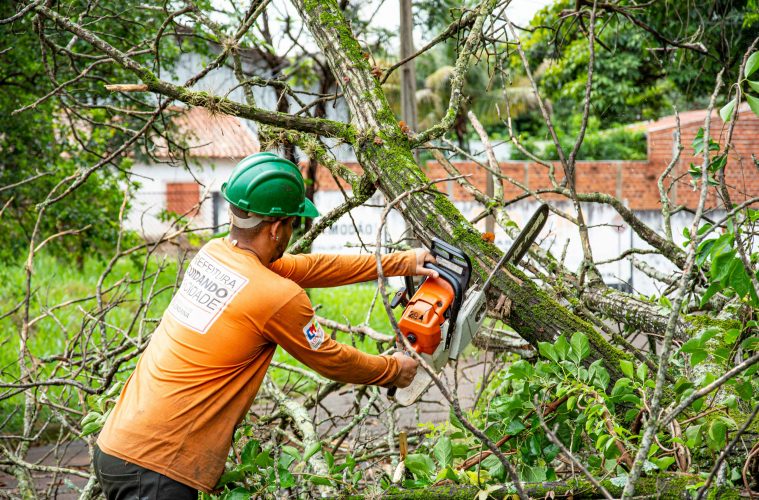Planting trees is one way to create a beautiful landscape and enhance the appeal of your yard. Trees change with the seasons, providing shade and shelter for wildlife in and around your yard. But this isn’t a plant-it-and-forget-it situation. Trees require regular maintenance, including mulching and pruning. Neglected or unhealthy trees can be unsightly and may pose a risk to your home and the surrounding areas. To prevent any damage to your property, it is essential to address three key concerns regarding tree care.
Here’s how to know when it’s time to cut down a tree
It’s honestly impossible to predict if one of your trees might fall when the next big wind storm rolls in. However, these signs can indicate when a tree needs to be removed:
Dead branches with no leaves
These branches will eventually fall, but it’s smarter to remove them so they don’t drop on your house. Strong winds can bring those weak branches down, possibly damaging your house or hurting someone close by. Experienced gardeners can determine whether the branches need trimming or the whole tree needs to be cut down.
Trees that are leaning
Leaning trees, especially those that tilt toward your home, should be cut down. While there may be cases where cutting down the tree isn’t necessary, it’s often safer to err on the side of caution. A leaning tree is at a greater risk of falling, which can pose a danger to your house, garden, or nearby road.
Overcrowding of trees
A cluster of trees growing closer together may bring competition for nutrients, sunlight, and water, which may cause weaker trees to be more susceptible to disease. A tree growing too close to your house can damage foundations, driveways, and gutters, and will not have enough space to thrive and spread its roots.
Exposed roots
Healthy roots give the trees a solid support system to maintain their structure and hold their weight. When roots are exposed, it can point to underlying problems with your tree’s stability. If roots that were previously beneath the soil are now exposed, it may be due to soil erosion, making the tree less stable. Fungus growing near the roots and heaving soil can also be signs of unhealthy roots. Weak roots will cause the trees to be more susceptible to falling.

Image Credit: Unsplash
ALSO SEE: DISCOVER THE DIFFERENT VARIATIONS OF NUT-GROWING TREES
Feature Image: Pexels

